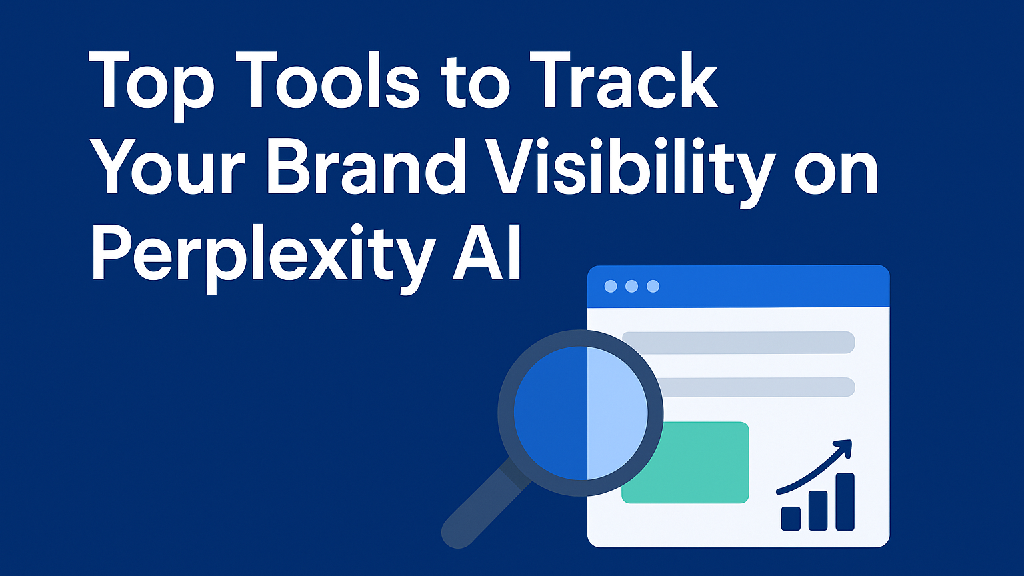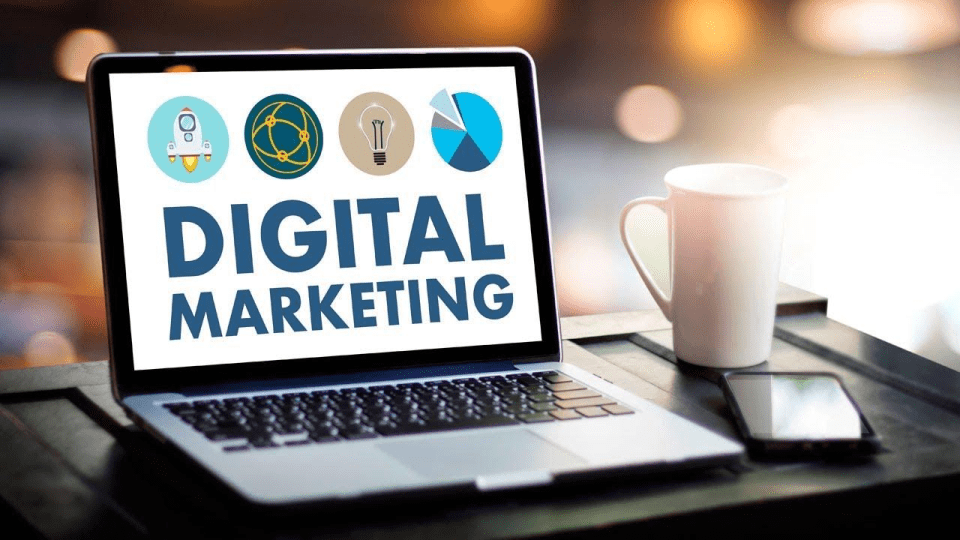Lead Generation vs. Demand Generation: Understanding the Difference
In the world of modern marketing, two terms that often come up in discussions are lead generation and demand generation. While they are both vital strategies for driving business growth, they serve different purposes and are employed at different stages of the customer journey.
Understanding the difference between the two is essential for marketers looking to create effective campaigns that target the right audience at the right time. Lead generation is primarily focused on converting prospects into qualified leads—individuals who have expressed interest in a company’s product or service and can be nurtured into potential customers.
This strategy typically involves tactics like email campaigns, landing pages, and direct outreach. On the other hand, demand generation is centered around building awareness and interest in a brand or offering, often at the top of the marketing funnel.
It focuses on educating and engaging a broader audience through content marketing, social media, and SEO. Both approaches are interconnected and complementary, but knowing when to use each one and how they align with the overall sales process can make a significant impact on achieving long-term business success. In this article, we’ll explore the key differences between lead generation and demand generation and how they can work together for optimal results.
Overview of Lead Generation
Lead generation is the process of attracting and capturing potential customers—referred to as leads—with the ultimate goal of converting them into paying customers.
It’s a critical aspect of sales and marketing, focusing on identifying individuals or businesses who have shown interest in a product or service. The primary aim is to gather contact information, such as email addresses, phone numbers, or social media handles, to build a database of qualified leads that sales teams can follow up with. For example, if you're looking for homes for sale Lane County OR, a lead generation strategy can help connect prospective buyers with relevant real estate listings and further information about available properties.
Lead generation strategies typically operate later in the buyer's journey, targeting prospects who are already aware of a problem they need solving or a product they may be interested in.
Common tactics for generating leads include email marketing campaigns, where ensuring high email deliverability helps businesses send personalized offers or valuable content to engage prospects; landing pages and forms designed to capture user data in exchange for something valuable like eBooks, discounts, or newsletters; and paid ads such as pay-per-click (PPC) campaigns that drive traffic to conversion-optimized pages.
In essence, lead generation is about qualifying and converting potential buyers by collecting enough information to begin the sales conversation. The effectiveness of lead generation is often measured by the number and quality of leads generated, as well as how well they move through the sales funnel. Leveraging call tracking software and conversation intelligence software can help businesses analyze interactions, refine their approach, and optimize lead conversion for an improved customer experience.
Overview of Demand Generation
Demand Generation is a broad marketing strategy aimed at creating awareness, interest, and a desire for a product or service among potential customers. Unlike lead generation, which focuses on capturing and converting specific leads, demand generation is about nurturing a larger audience at the top of the marketing funnel, even before they are ready to make a purchase.
The goal is to attract and engage prospects by building trust and educating them about the brand, often without the immediate intent of closing a sale. Tactics used in demand generation include content marketing, social media engagement, thought leadership, SEO, and influencer partnerships.
Content marketing, such as blogs, videos, eBooks, and webinars, plays a crucial role in demand generation by offering valuable, informative, and engaging content that resonates with the target audience.
Social media platforms allow businesses to engage with prospects and promote brand awareness in an organic manner, while SEO ensures that potential customers can discover relevant content through search engines. For instance, a Seattle courier services company can use demand generation strategies like content marketing and SEO to raise awareness about their fast and reliable delivery solutions before focusing on lead generation through targeted email campaigns. Similarly, blockchain startups often leverage demand generation to introduce complex topics such as DeFi smart contract development, helping audiences understand its benefits and building interest before moving into direct lead capture.
Through consistent and compelling content and campaigns, demand generation helps to establish a brand as an authority in its industry, making it more likely that potential customers will think of it when they are ready to purchase. Demand generation is about creating long-term relationships and building an engaged audience over time.
Key Differences between Lead Generation and Demand Generation
Lead Generation and Demand Generation are both vital strategies in modern marketing, but they serve distinct purposes and focus on different stages of the buyer’s journey.
Focus: Lead Generation is primarily concerned with capturing potential customer information (such as email addresses or phone numbers) to convert them into qualified leads. It's a tactical approach aimed at direct engagement with prospects who are already interested in a product or service. In contrast, Demand Generation focuses on creating awareness and generating interest in a brand or product. It aims to attract a broader audience at the top of the sales funnel.
Timing: Lead Generation typically occurs later in the funnel, when prospects are closer to making a purchasing decision. Demand Generation operates at the top of the funnel, before prospects are aware of or considering a purchase, with an emphasis on education and building initial interest.
Audience Engagement: Lead Generation tends to target a more specific, defined group of potential buyers, whereas Demand Generation involves mass engagement strategies like content marketing and social media to reach a wider audience.
Metrics of Success: The success of Lead Generation is measured by the quantity and quality of leads generated. Demand Generation, on the other hand, measures success through brand awareness, engagement metrics, and the expansion of its audience.
How Lead Generation and Demand Generation Work Together
Lead Generation and Demand Generation are two distinct but complementary marketing strategies that work together to drive growth and conversions. While Demand Generation focuses on creating awareness and interest in a product such as promoting the reuse of custom product packaging boxes, encouraging customers to reduce waste, or organizing clean-up events or service, Lead Generation zeroes in on capturing qualified prospects who are ready to take the next step toward a purchase.
Demand Generation lays the foundation by educating the target audience, sparking curiosity, and building brand recognition. It uses content-driven strategies like blogs, social media engagement, and webinars to generate interest and establish trust.
Once awareness is built, the next step is Lead Generation. This phase aims to convert the interested audience into tangible leads by encouraging them to share their contact information through forms, landing pages, or sign-ups for gated content.
The key is that Demand Generation nurtures a broad audience, some of whom will eventually become leads, while Lead Generation converts these prospects into more targeted, sales-ready opportunities. To maximize conversions, pilates studio management software can streamline the lead generation process, capturing and nurturing qualified leads efficiently after demand generation has sparked initial interest.
By aligning both strategies, businesses can create a seamless funnel from top-of-the-funnel awareness to bottom-of-the-funnel lead qualification. For technology-driven businesses, implementing strategic SaaS tips becomes crucial in this alignment, as the digital landscape requires more nuanced approaches to converting potential users through integrated marketing efforts. This collaboration ensures that marketing efforts aren’t just attracting visitors, but also engaging and converting them into long-term customers, effectively supporting both short-term sales and long-term brand growth.
Best Practices for Integrating Both Strategies
Successfully integrating lead generation and demand generation requires a holistic approach that aligns both strategies with the broader marketing and sales goals. For technology-driven businesses, especially in the SaaS sector, this approach becomes critical in navigating the complex digital marketing landscape where adaptability and strategic alignment are key to capturing and converting potential customers.
Here are some best practices for achieving this integration:
Align Messaging Across Campaigns: Ensure that the messaging used in demand generation (focused on awareness) flows seamlessly into lead generation (focused on conversion). This creates a cohesive experience for prospects as they move through the funnel, from discovering your brand to becoming a lead.
Nurture Leads Through the Buyer’s Journey: Demand generation efforts should build awareness and trust, setting the stage for lead generation. Once interest is piqued, use lead generation tactics such as email nurturing and retargeting to guide prospects toward conversion, providing the right content at each stage of the journey.
Leverage Marketing Automation: Use automation tools to track engagement and trigger personalized content based on actions. For instance, after a prospect engages with a demand-generation asset (like a blog post), platforms such as Tapistro can automatically deliver personalized follow-up content to encourage lead capture. For example, after a prospect consumes a demand-generation asset (like a blog post), an automation workflow can send them follow-up content that encourages lead capture (like a demo request).
Utilize Data and Analytics: Continuously analyze the performance of both strategies using key metrics like lead quality, content engagement, and conversion rates. This helps refine both efforts and ensures they complement each other, optimizing the marketing funnel.
By integrating these strategies, businesses can create a seamless experience for prospects, nurturing them from awareness to conversion efficiently.
Conclusion
In conclusion, understanding the differences between Lead Generation and Demand Generation is essential for creating a well-rounded and effective marketing strategy.
While Lead Generation focuses on converting interested individuals into qualified leads, Demand Generation is aimed at building brand awareness and generating interest among a broader audience.
Both strategies serve different purposes in the buyer’s journey, with Lead Generation often occurring later in the funnel and Demand Generation working at the top to engage potential customers.
However, when executed together, these strategies complement each other, guiding prospects from awareness to decision-making and ultimately, conversion.
By aligning both approaches, businesses can effectively nurture leads and build lasting relationships with customers. It's also crucial to continuously measure and optimize these efforts, using data to refine tactics and improve ROI.
Ultimately, a successful marketing strategy leverages both Lead and Demand Generation in tandem, ensuring that prospects are not only aware of the brand but also motivated to take action.
By balancing the two, companies can drive sustained growth, improve customer acquisition, and foster long-term brand loyalty, making them integral components of any modern marketing framework.







